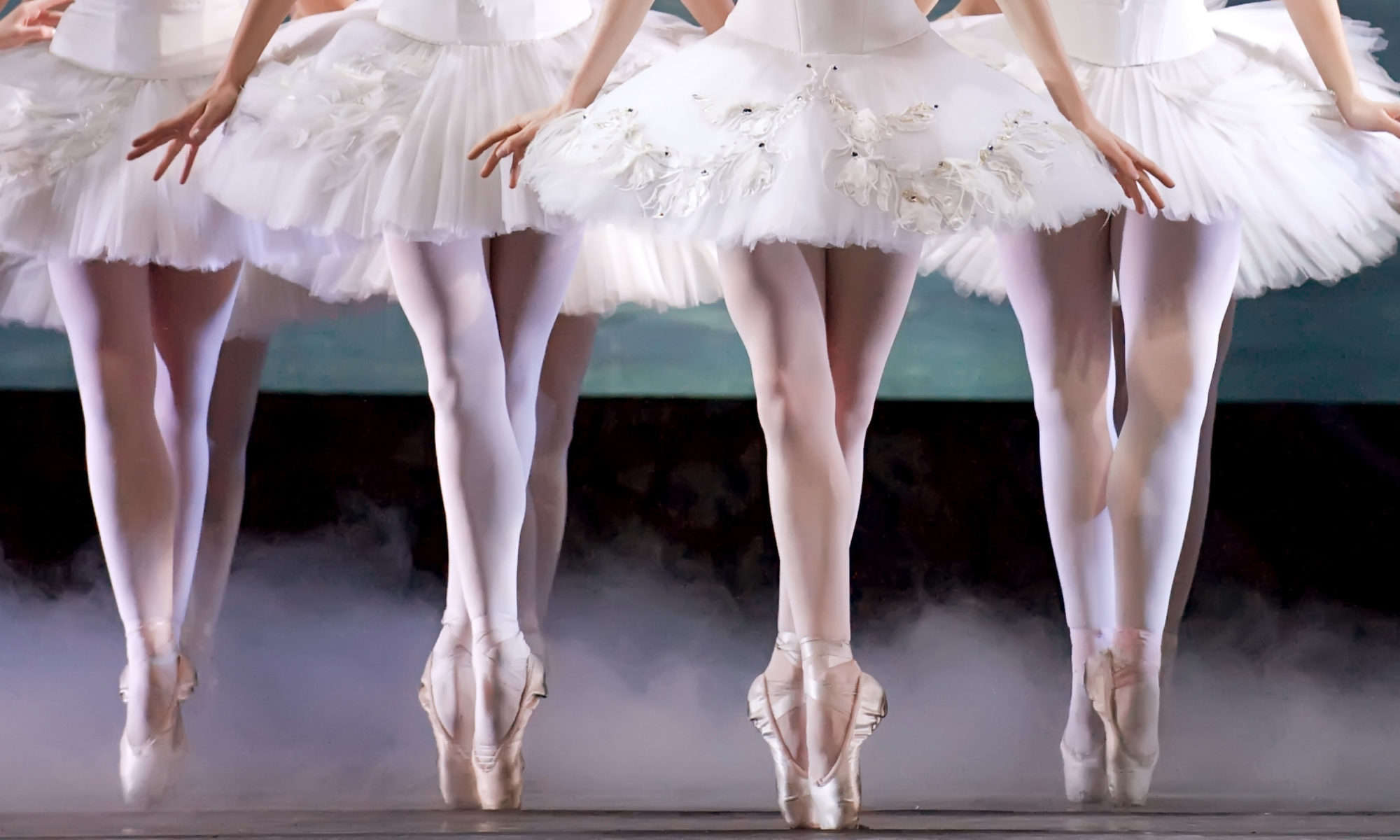We’ve all seen performances that have moved us…ones where the dancers transported us until we truly believed their plight or believed in their love. I performed in my very first pas de deux in a piece of student choreography at Indiana University. The piece was set to music by Rachmaninoff, and I felt transported, personally. The movements felt wonderfully full of abandon and we looked into each other’s eyes—everyone said it was great.
Well, we had a cast party after the performance where we watched the video. None of what I felt inside translated into what the audience saw. It was embarrassing because everyone was watching me to see my reaction, and all I could do was burst into tears and run from the room. I’m sure my partner wasn’t happy about that, because he felt pretty good about it himself, but for me it was all wrong. It wasn’t anything like I imagined it to be. I looked like a clumsy first year pointe student trying to do something way beyond her means. Of course, my facial expressions couldn’t be seen, and what I was feeling inside was hidden away from everyone but myself—although even I couldn’t see that when viewed from the audience’s perspective!
I’ve had teachers who said we need to dance with our souls. But how, exactly, do we do that? My father taught speech in high school and I was fortunate enough to take his class one year. He said that when you’re nervous, you tend to do certain things that give away the fact that you’re nervous. Some people might play with their hair, or move their hands a certain way, or swallow loudly. He taught us that it’s perfectly okay to be nervous, as long as we don’t let anyone know that we are nervous. So, we practiced keeping our hands behind the lecturn if our bad habit was something we did with our hands while we gave a speech.
I think that can translate into our performing as well, in that we can keep from doing something that gives away our nerves and still be nervous without anyone guessing. When I was in graduate school I was doing the Black Swan pas de deux with my partner, and every night of tech week I had a friend videotape our performance. I’d go home and watch the tape and critically pull it apart frame by frame until I was happy with what I was seeing. There were many subtle things that I was surprised to see: my hands were not sharp enough where I felt that they were sharper, or the place where I walked backwards away from my partner, leading him on seductively and maliciously didn’t look malicious in the least. I found over the course of the week and watching the video every night after rehearsal that if I lowered my chin in that spot the demeanor came across much more effectively than when I just used my eyes. Everything we do on stage must be magnified in order to come across to the audience. This is, of course, why we wear heavier makeup, wear false eyelashes and extend our eyeliner to make our eyes appear larger.
The same is true for emotion. It isn’t enough to feel the emotion inside. We have to learn to project emotion, which can actually be accomplished without actually feeling the emotion! It is possible, I think, to make the audience believe you are a distraught Juliet by the way you move your body alone. I’m interested in hearing from other dancers and performers, too. How do you express emotion on stage?
[youtube=http://www.youtube.com/watch?v=1CztUJvmQX0&hl=en&fs=1&]



